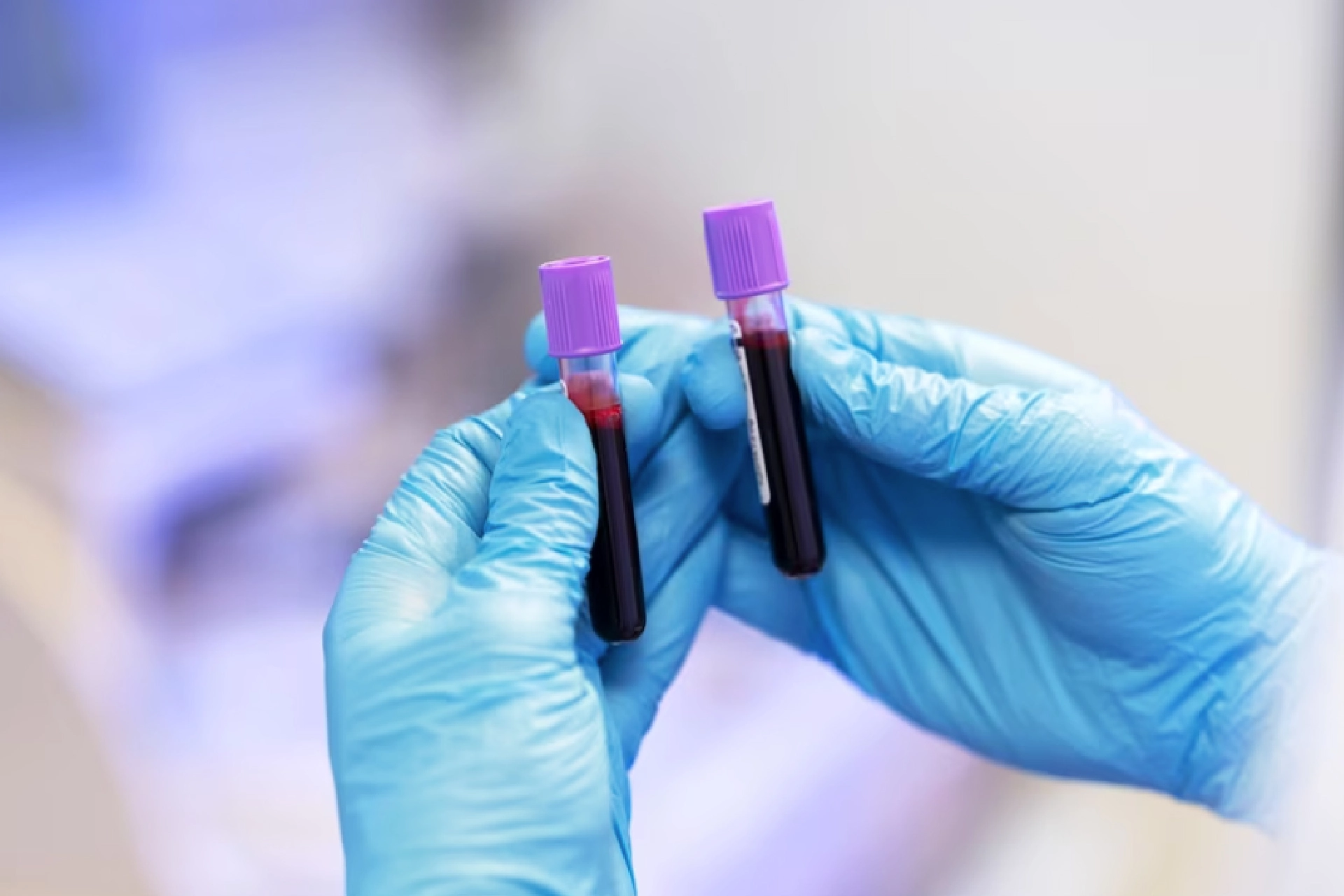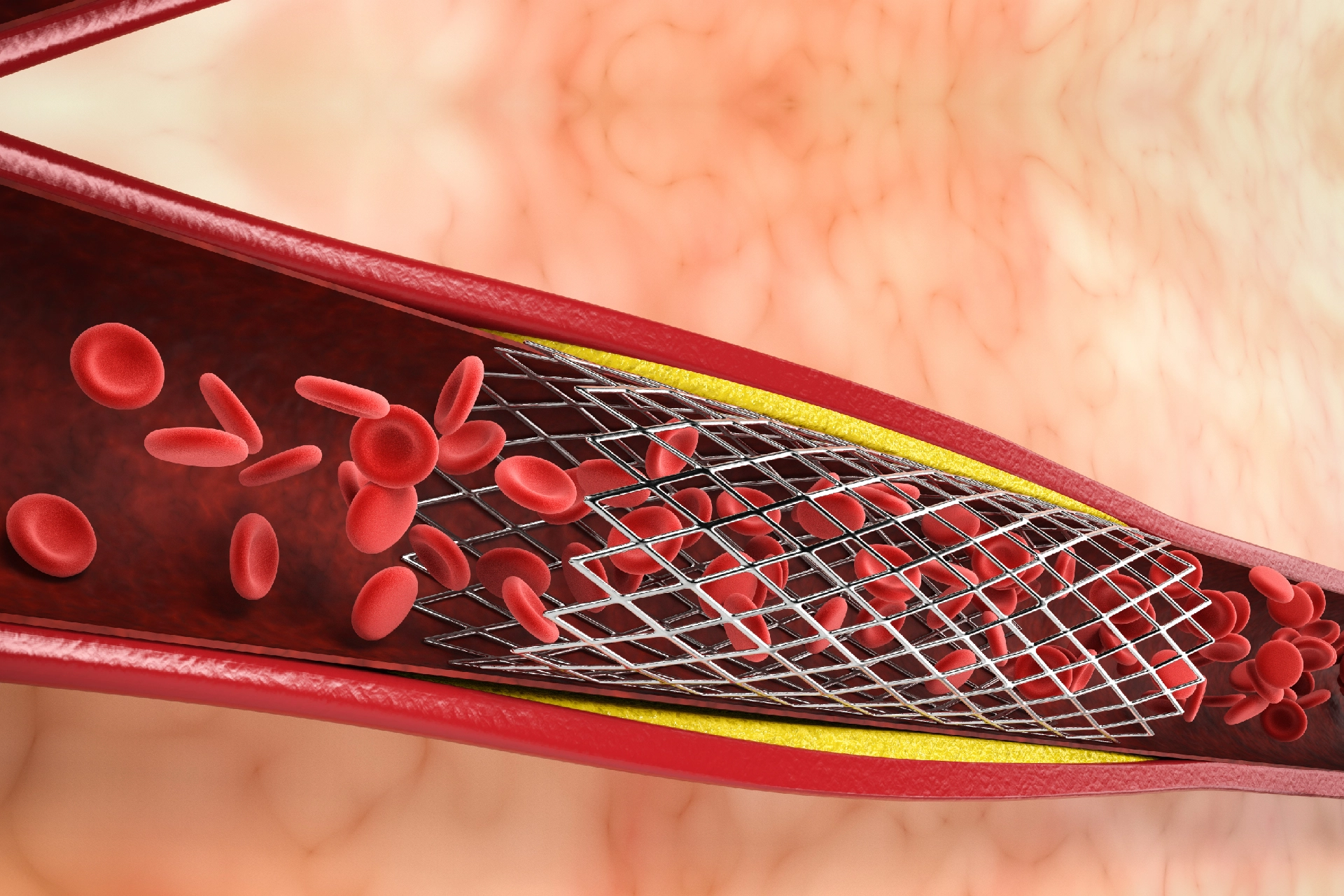Health Tests | 5 min read
Undergoing a Pulmonary Function Test? Here is a Handy Guide on it
Medically reviewed by
Table of Content
Key Takeaways
- Pulmonary function test helps check the lung and respiratory health
- Asthma and COPD can be diagnosed via a pulmonary function test
- Pulmonary function test is done to check lung health before surgery
Chronic respiratory diseases are one of the risk factors of COVID-19. In India, about 7% of the population above 30 has chronic obstructive pulmonary disease (COPD). Risk factors of chronic respiratory disease include:
- Active and passive smoking
- Occupational hazards
- Pollution
- Biomass fuel exposure
Lack of awareness has also contributed to people developing respiratory problems. But this has changed with COVID. Now people do not ignore early symptoms and visit a doctor immediately.
Doctors rely on pulmonary function tests to diagnose lung health and respiratory conditions. This is a group of tests that help doctors know the state of your lungs and how well they function. Read on to learn more about a pulmonary function test, its purpose, and the meaning of the results.
Additional Read: Why is it Important to Know When Your WBC Count is High or Low?
What is a pulmonary function test?
A pulmonary function test is a group of tests that check lung health. They help check how well your lungs function and diagnose any problems. Pulmonary function tests help measure your lung’s breathing and gas exchange capacity. It also indicates your lung’s capacity to supply oxygen to the rest of your body.
Depending on the prognosis, a doctor can order one or a series of pulmonary function tests. Doctors order these tests for the following reasons:
- To detect and track chronic respiratory conditions like COPD or asthma
- To check lung health before surgery
- To confirm the diagnosis of any underlying lung conditions
- To assess lung health on exposure to harmful substances
The tests are non-invasive and simple. Considering they help measure lung health, they are also called lung function tests.
Why do doctors order a pulmonary function test?
Doctors order these tests to check your lung health. Also, pulmonary function tests show the progress of existing lung or respiratory conditions. Pulmonary function tests help diagnose the following conditions.
- Asthma
- Lung fibrosis
- Respiratory infections
- Allergies
- Chronic bronchitis
- Pulmonary tumor
- Lung cancer
- COPD or emphysema
- Scleroderma, a condition that hardens and tightens the lung’s connective tissues
- Sarcoidosis, a condition caused by the growth of inflammatory cells in the lungs
Doctors also order a pulmonary function test on exposure to the following hazardous substances.
- Paint
- Asbestos
- Sawdust
- Coal
- Graphite
Pulmonary function test results show the effectiveness of current treatment for respiratory conditions. They are also done as a precursor test before any surgery for people with heart and lung problems.

What tests are performed in the procedure?
A pulmonary function test involves a battery of tests to check lung health. Read on to know more about these tests.
Plethysmography test
Also known as the lung volume test, this test checks how much air your lungs can hold. For this test, you have to sit in a sealed booth with transparent walls. The technician then guides you on how to breathe in the mouthpiece. Measuring the pressure in the booth, doctors assess your lung volume.
Spirometry
This test helps measure the amount of air you inhale and exhale. It allows doctors to know your rate of airflow and lung size when you breathe. Here, you sit in front of a machine and breathe into the attached mouthpiece. The mouthpiece snuggly fits on your face to prevent leakage. A clip is placed on your nose to ensure you do not exhale through your nose.
Then, you breathe into the machine. The technician may instruct you to take deep or short breaths. The lab technicians may also ask you to drink medicine to open your airways. Then, you have to breathe into the mouthpiece again. This checks the effect of the medicine on your lungs.
Diffusion capacity test
This test assesses the alveoli health. Alveoli are the small air sacs present in the lungs. They are responsible for getting oxygen from the air into the blood.
Here, you inhale various gases like helium, carbon dioxide, and oxygen. You breathe through a tube, and the attached machine analyzes how your body reacts to these gases.
Exercise test
This test helps find the reason for symptoms like shortness of breath. You have to walk on a treadmill or ride a stationary bike while breathing into a machine in this test. Doctors measure the impact of exercise on lung health in this test.
Pulse oximetry test
This test measures the level of oxygen in the blood. It does not involve any breathing. Instead, they fix a small device to your finger or earlobe. The device measures the amount of oxygen in your blood.
What do the results of a pulmonary function test mean?
Doctors will compare your results against the averages of people with similar attributes. These attributes include age, height, and sex. If the results are within the normal range, then you have nothing to worry about. But, if the results are positive, doctors may order more tests to confirm the diagnosis. Test results vary across people, and only doctors can help explain your results.
Additional Read: Why are Electrocardiogram Heart Tests Done? What are the Types and Purposes?Practice >exercise for lungs to maintain lung health and keep lung conditions at bay. These tests are safe unless you have an underlying condition that affects your breathing. This may cause you to faint or feel nauseous, but nothing severe. You can book a pulmonary function test on Bajaj Finserv Health in no time. Find the nearest labs by using your location and choose to get the results online for convenience. This way, you can track your lung health with ease.
References
- https://journals.lww.com/lungindia/Fulltext/2021/09000/Impact_of_COVID_19_on__Non_COVID__chronic.9.aspx
- https://www.jogh.org/documents/2021/jogh-11-04038.pdf
Disclaimer
Please note that this article is solely meant for informational purposes and Bajaj Finserv Health Limited (“BFHL”) does not shoulder any responsibility of the views/advice/information expressed/given by the writer/reviewer/originator. This article should not be considered as a substitute for any medical advice, diagnosis or treatment. Always consult with your trusted physician/qualified healthcare professional to evaluate your medical condition. The above article has been reviewed by a qualified doctor and BFHL is not responsible for any damages for any information or services provided by any third party.





